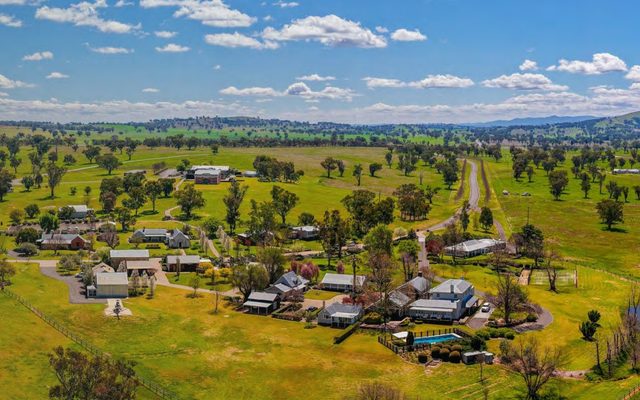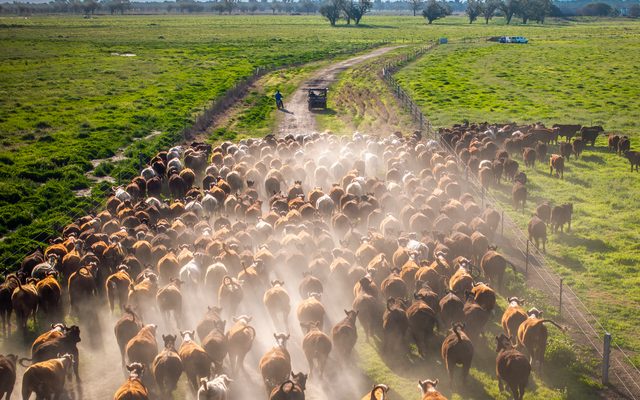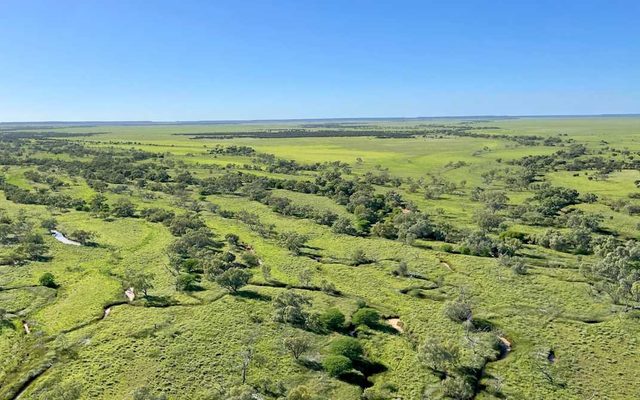This article is from the Australian Property Journal archive
TWO Queensland agribusiness properties in the cattle and sugar industry have come on the market.
The Innisfail Sugarcane Aggregation is anticipated to see strong domestic and foreign interest as global sugar prices sharpen.
With the circa 405-hectare property, which sits around 1,600km from Brisbane in Far North Queensland’s Cassowary Coast region, managed as eight distinct designated dryland sugarcane farms.
James Mitchell, Clayton Smith, Chris Holgar and Geoff Warriner from JLL are managing the sale of the sugarcane aggregation via an expressions of interest campaign, which is due to close on 9 November 2023.
“The holding has an interesting backstory as it was progressively acquired and developed across 18 years by two private local families. Having effectively built it from the ground up, they’ve created a strong agricultural legacy in a part of Queensland which is traditionally tightly held,” said Mitchell, executive of agribusiness at JLL.
“Given the rarity of the offer and the strength of the sugarcane industry, we expect significant interest from existing local producers, agricultural consortia and corporate investors nationally.”
The dryland sugarcane farming areas benefit from an average annual rainfall of 3.5 metres and the productive soil types across undulating and flat floodplains of the Innisfail/Red Volcanic districts.
The operation has two full-time staff members and a series of contractors used for planting and spraying requirements.
“The productive sugarcane land is complemented by a secondary income stream generated by a partnership with GreenCollar for Reef Credit generation,” added Mitchell.
“Due to its proximity to Innisfail, roughly 18.53 hectares have also been designated within the ‘planned’ urban footprint of the Far North Queensland Regional Plan (2025). This creates potential for a variety of future development outcomes and residential densities, subject to council approval.”
Meanwhile, Roma Feedlot & Spelling Yards has price expectations between $25-$30 million.
Comprising a 2,445.62-hectare aggregation across three Freehold Certificates of Title by Ben Cameron, the assets sit around 40km south-west of Roma and 16km off the main eastbound route allowing direct access by road trains from the west.
Warriner, Holgar and Smith are also managing the sale of this property via an expressions of interest campaign in one line or as separate assets.
“Following its development in 2017, the near-new facility is now embedded into the livestock supply chain flowing from the west through to the southeast Queensland feedlots and processors,” Warriner, director of agribusiness at JLL.
“With road-train access from the west, it offers a unique opportunity to northern and western pastoralists to minimise drought risks via the feedlot and enable maximum price realisation for sale cattle with the ability to maximise compensatory weight gain prior to sale.
“Alternatively, it could be run as a viable standalone business within the Queensland beef supply chain or as an introductory concern for a new operator.”
The rare offering is one of the first NFAS-accredited feedlots to hit the market in recent years and is expected to generate interest from only existing operators and producers looking for further diversity and a drought mitigation strategy.
The cattle business has existing beef supply contracts with Woolworths and is a supplier to all the meat processors to the east, comprising the 4000-head feedlot and 2000-head spelling yard.
The feedlot and spelling businesses operate on two contiguous holdings, Dunan and Oaklea, and include quality infrastructure and around 1500 arable hectares and improved pastures.
“Roma provides a high degree of amenity, including several international agricultural machinery service and sales outlets, agricultural support services, education (primary and secondary), and medical and government services,” said Holgar, senior director of agribusiness at JLL.
“Roma airport also provides direct flights to multiple Australian capital cities.”





